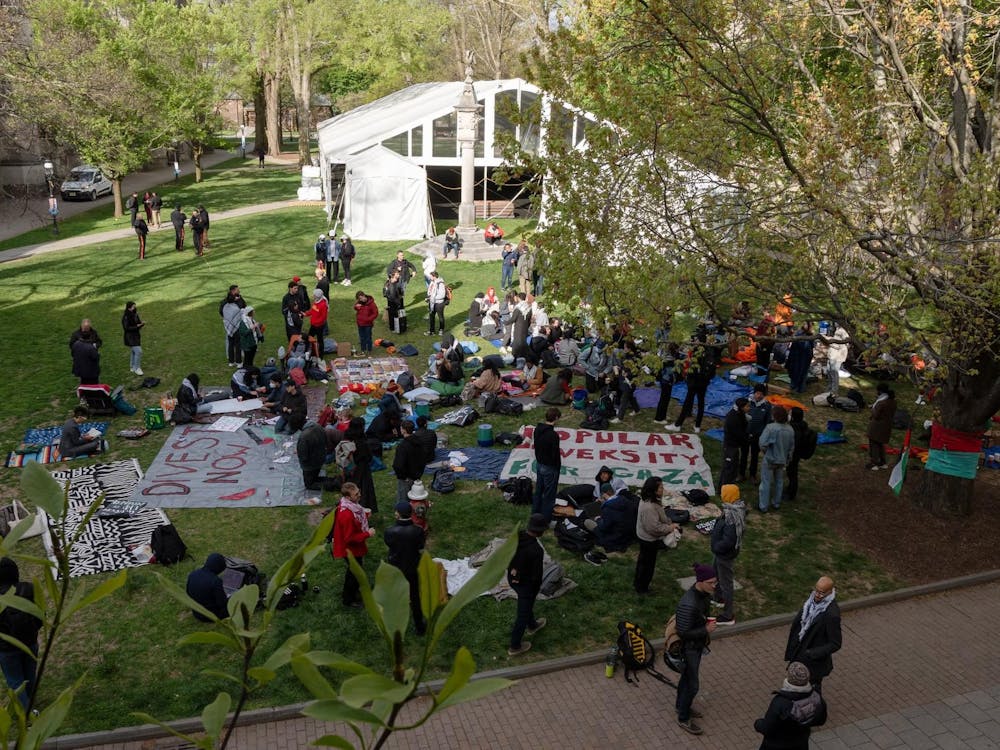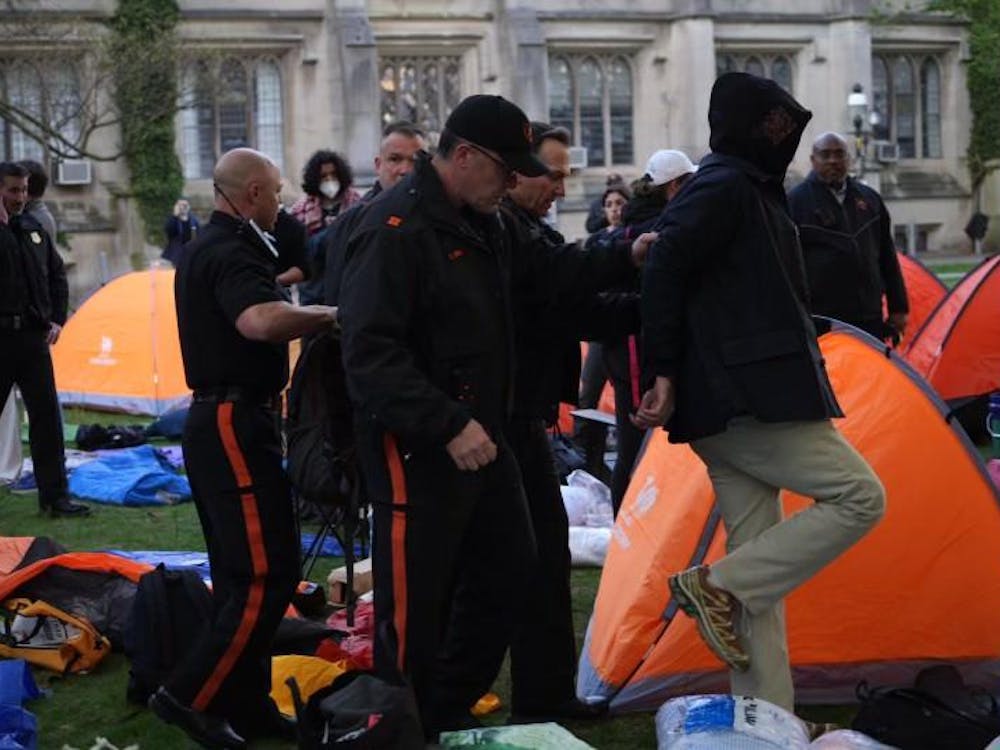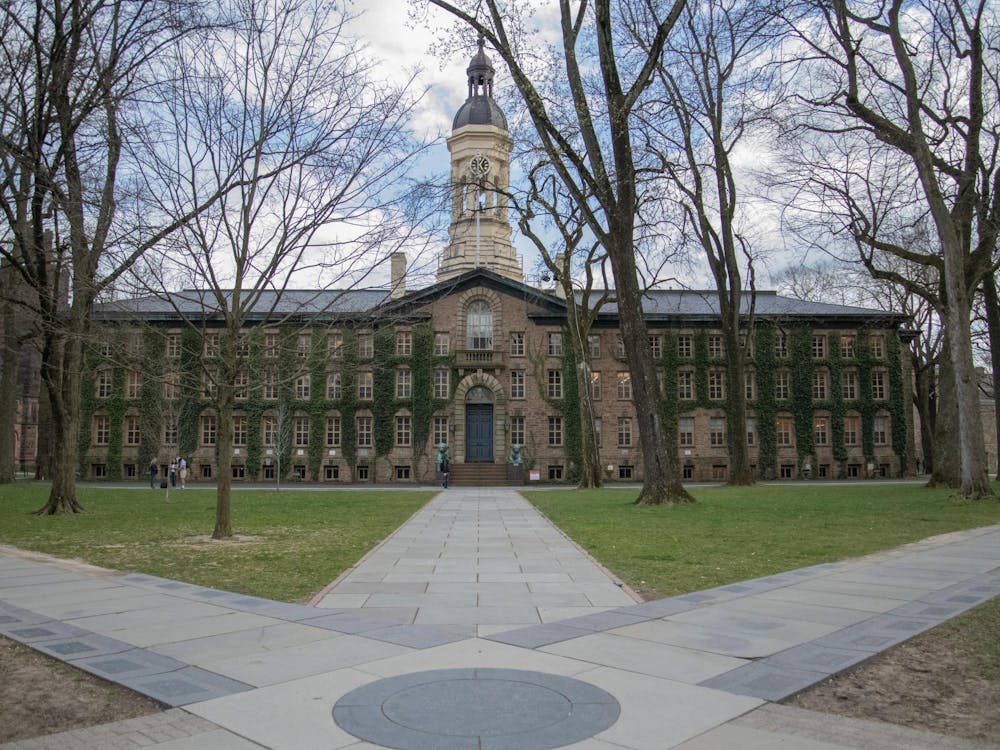Officially, Danielle Feinberg is the Director of Photography for Lighting at Pixar Animation Studios. Unofficially, she helps bring imagined worlds to life.
Feinberg started her career at Pixar in 1997 when she worked on “A Bug’s Life.” Since then, she has worked on multiple feature films, such as “Toy Story 2,” “Ratatouille,” “Monsters, Inc.,” “WALL-E,” and “Brave.” Her most recent film, “Coco,” was released this fall. She also mentors girls to try to get them interested in coding.
In a lecture on Wednesday entitled “The Art and Science of Pixar,” Feinberg discussed the intersection of art and technology in computer-animated films. Feinberg shared clips and animations in films that she has worked on, attempting to show the complexity and the care that go into each film.
For instance, the care it took to create the detailed landscape and setting in “Brave” required the creation of new technology that would display the details of the vegetation in the most efficient way possible for the computer to render.
“Normally what happens is you do something that’s much more complicated than pressing a button,” Feinberg explained.
Though each film is reliant on innovative technology and software, Feinberg emphasized that heart is just as important.
“It wouldn’t be a Pixar movie without imbuing the whole thing with heart,” she said.
In one example, Feinberg explained what it took to “humanize” the robot in WALL-E. Her team found it hard to depict emotion in WALL-E’s “binocular” eyes, which were animated as finely detailed camera lenses.
“We’re trying to make a movie where we’re trying to convince you guys as an audience that this is a robot with a soul inside that is going to fall in love,” Feinberg said. “Glassy-eyed is pretty much the antithesis of that.”
Her team kept working with the lighting and reflections, while trying to work within the limitations of how actual camera lenses would reflect. The “moment of wonder” was accidental when one of her team members shadowed something accidentally, allowing more light to leak into the second, gray layer of the camera lens. His eyes then became more akin to human than binoculars.
“We maintained these materials so he’s a believable robot,” she said, “but meanwhile we found a way to get the soul inside.”
Feinberg also touched on the impact of combining both art and technology successfully. In another example, she showed the process of designing both the Marigolds Bridge and Land of the Dead for “Coco,” in which the director of the film, Lee Unkrich, wanted his team to “create a world like no one has seen before.”

Her team spent a year and a half working on the Land of the Dead, wanting to create a sense of a bustling city while staying true to Mexican culture on which the movie is based. They consistently looked at the research photos of Guanajuato, a city in central Mexico, that inspired much of the final animation for the Land of the Dead.
The vertical towers in the city also served to represent Mexican history and culture, with each level being comprised of buildings that symbolize particular events and time periods, such as Spanish colonialism and the Mexican Revolution.
“‘Coco’ was this very special movie where we were trying to depict a culture that mostly wasn’t ours,” Feinberg said.
When the film was released, she and the others who worked on “Coco” worried if the movie would do justice to the culture. Her fears were allayed when she received a Facebook message from a teacher in Mexico.
“Watching ‘Coco’ reminds us of how our culture, our history, and traditions allow us to have the power to continue fighting for what’s good, to keep positive in hard times, and to live the present to its fullest for our actions today inform the future,” Feinberg read from his message.
The lecture was held in Maeder Hall on Tuesday at 7 p.m.








